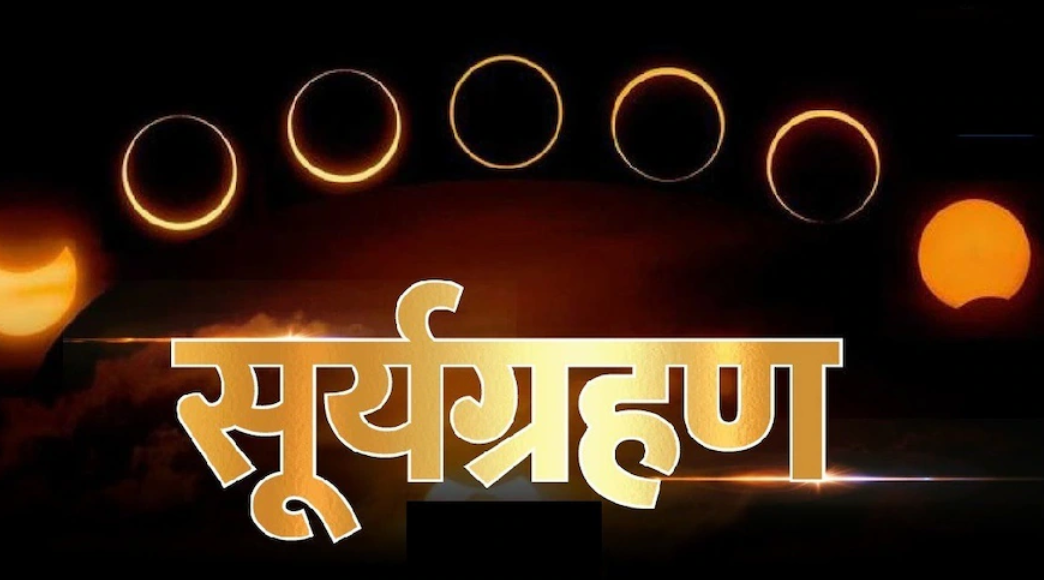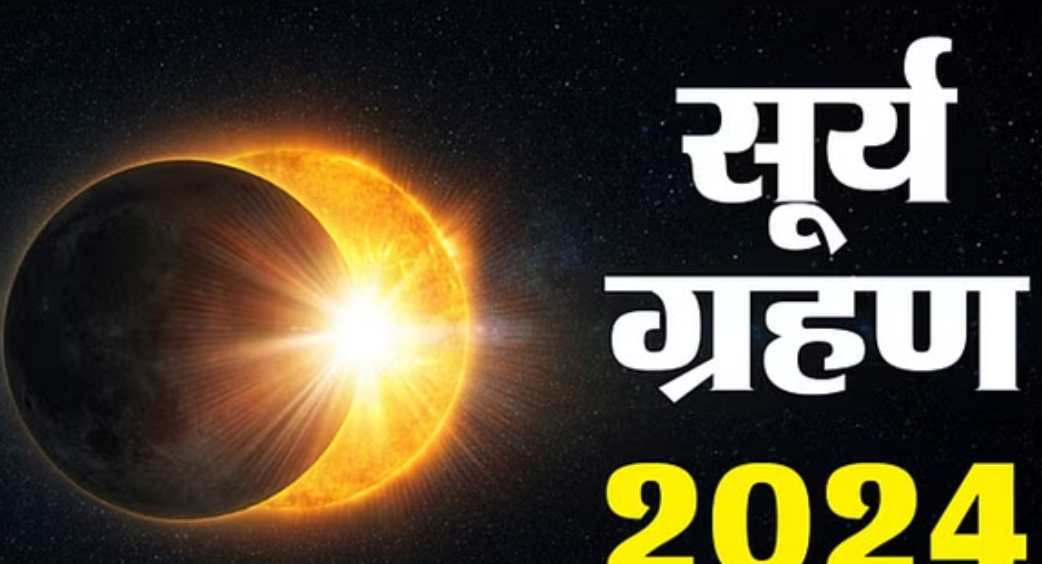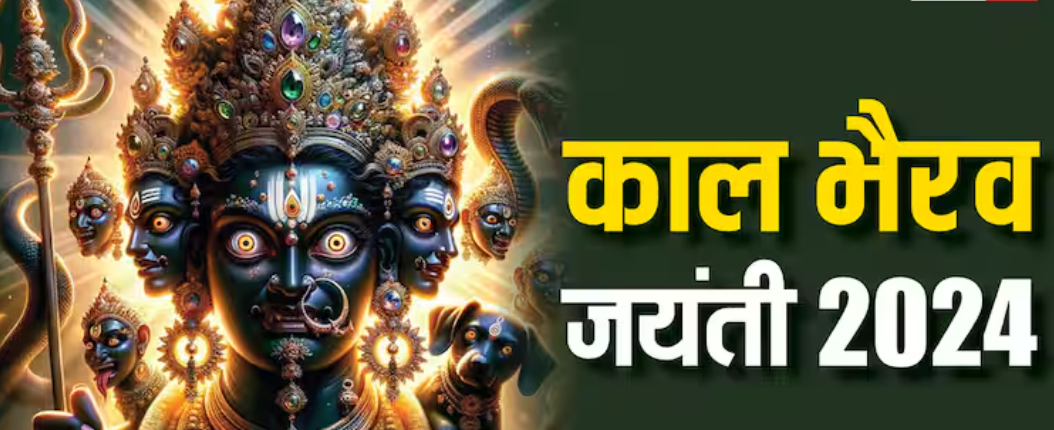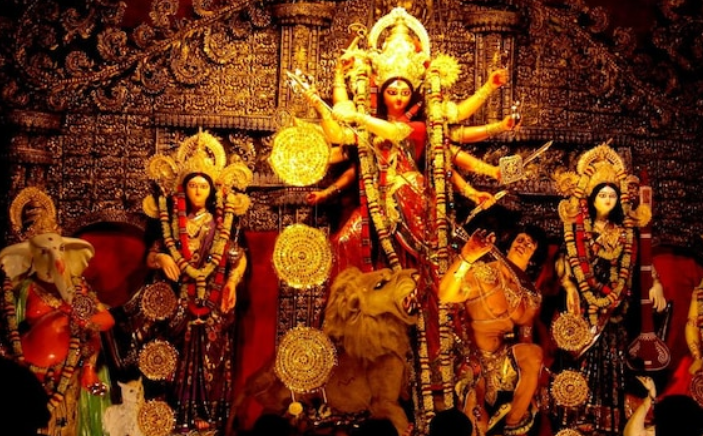Surya Grahan 2024 in India: Key Details and Important Guidelines
The second and final solar eclipse of 2024 will occur on Wednesday, October 2. This celestial event will take place in Virgo and the Hasta Nakshatra, coinciding with Sarvapitre Amavasya, a significant day in the Hindu calendar. Many have questions surrounding this solar eclipse, such as when and where it will be visible, and whether the Sutak period applies in India. Let’s explore the details.
Will the Solar Eclipse Be Visible in India?
The last solar eclipse of 2024 will not be visible from India. Instead, it will be seen in select regions of the world, including parts of northern South America, the Pacific Ocean, the Atlantic, the Arctic, and Antarctica. Some areas in Argentina, Uruguay, Brazil, Mexico, and Peru will witness the eclipse. Other locations, such as French Polynesia, Beka Island, and Fiji, will also experience this celestial event.
Solar Eclipse Timing in India (Surya Grahan 2024)
According to Indian Standard Time (IST), the solar eclipse will begin at 9:12 PM on October 2 and will reach its peak at 12:15 PM. The eclipse will conclude at 3:17 PM on October 3.

Will the Sutak Kaal Be Applicable in India?
In Hindu tradition, Sutak Kaal—a period of inauspiciousness—commences 12 hours before the solar eclipse. However, since this eclipse will not be visible in India, the Sutak Kaal will not apply. As a result, temples will remain open, daily worship will not be interrupted, and everyday activities will continue as usual.
Understanding a Solar Eclipse
A solar eclipse occurs when the Earth, Sun, and Moon align in a straight line, with the Moon positioned between the Earth and the Sun. This alignment prevents sunlight from reaching parts of the Earth, casting a shadow over certain areas. This phenomenon is called a solar eclipse.
Can You Watch the Solar Eclipse With the Naked Eye?
While solar eclipses hold significant religious and cultural value, it is crucial to acknowledge their scientific aspects. Viewing a solar eclipse with the naked eye is harmful and can lead to severe eye damage. Experts advise using special solar glasses or other protective eyewear to safely observe the eclipse and protect your retinas from harmful solar radiation.
How Will Shradh Be Affected by the Solar Eclipse?
Given the religious significance of both Sarvapitre Amavasya and the solar eclipse, some may wonder how Shradh rituals will be affected. Generally, Hindu practices discourage religious activities, including Shradh, during an eclipse, as the period is considered impure. However, since the eclipse is not visible in India, Shradh rituals can proceed without interruption. Families can perform these rites at any convenient time on this day.
What Not to Do During a Solar Eclipse (Surya Grahan 2024)
1. Avoid worshipping in temples once the Sutak period begins.
2. Do not cook or eat food after the Sutak starts. Place basil leaves in stored food items to purify them.
3. Refrain from consuming food during the eclipse, and avoid anger or other negative emotions.
4. Stay away from isolated places or cremation grounds, as negative energies are believed to be stronger during the eclipse.
5. Avoid starting any new or auspicious activities during this time.
6. Do not touch the Tulsi plant or use sharp objects after the Sutak begins.
What to Do During a Solar Eclipse
1. Chanting God’s mantras during the eclipse is believed to have tenfold spiritual benefits.
2. After the eclipse, bathe in pure water and donate to those in need.
3. Cleanse the entire house to remove any lingering negative energies.
4. Donate grass to cows, feed birds, and offer clothes or food to the underprivileged to earn multiple blessings.




